Effect of padding front to back
We are no longer building saddle trees, but we have two videos about how Western saddles fit horses available on our westernsaddlefit.com website.
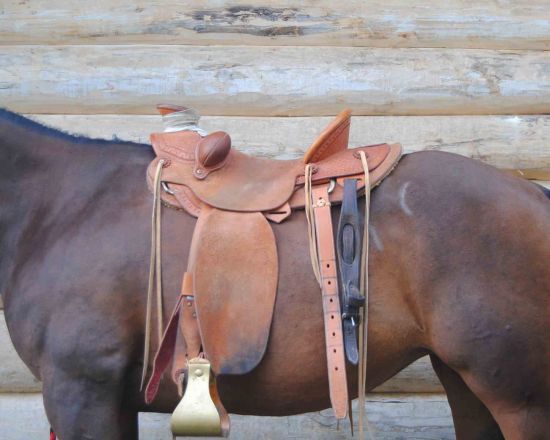
Continuing on with padding – obviously putting a pad under a tree/saddle lifts it further off the horse’s back. But does it do it evenly front to back, or not? And the answer is definitely not! Here are some pictures where we tried as hard as we could to keep everything the same as we took pictures with a saddle bare on the horse, with ½” folded wool blanket and then a 7/8” wool felt pad.
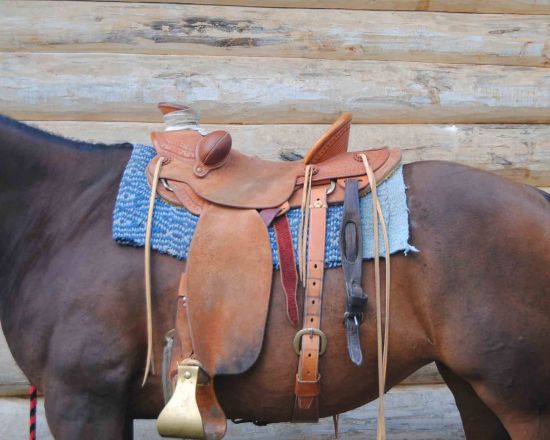
Here you can see that the horn is higher relative to the cantle with the ½” folded wool blanket.
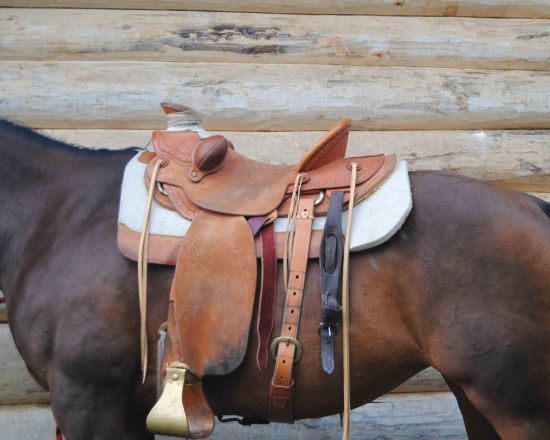
And the effect is even more dramatic with the 7/8” wool felt pad! The front definitely lifts more than the back with padding.
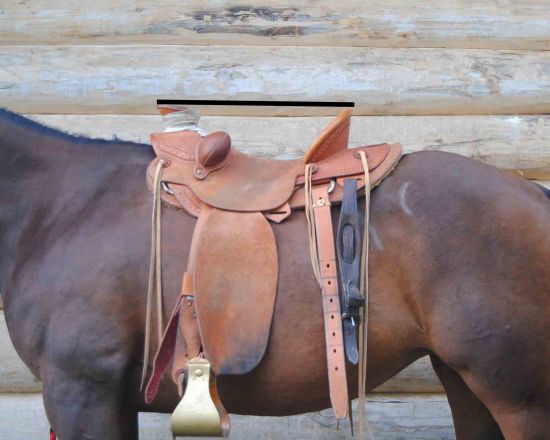
Want to see it again, with visual aids? Again, it may be easy to alter perceptions with lines drawn on photos, which is why I showed you the un-marked ones first. And I tried really hard to keep the bottom of my line just touching the top of the horn and the top of the cantle.
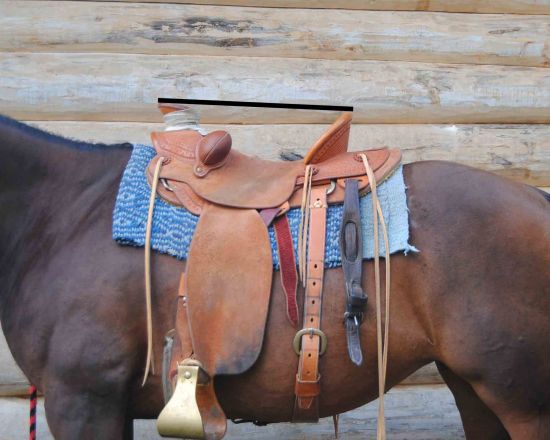
With the blanket.
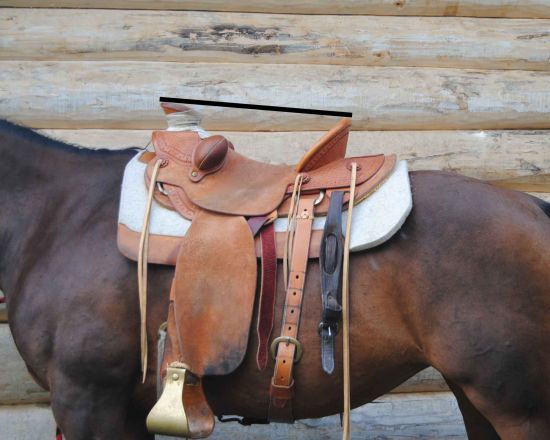
With the pad.
It obviously raises more at the front than the back. But why? Because the horse is at different “angles” at the front and the back. measurements. At the back, the horse is relatively flat, so you only raise the tree as much as the padding thickness. But because the horse is more angular at the front, it raises the tree more. The more the “angle”, the more the increase in lift, and the greater the difference in “angle” front to back (ie. the greater the twist), the more the variation in amount of lift.
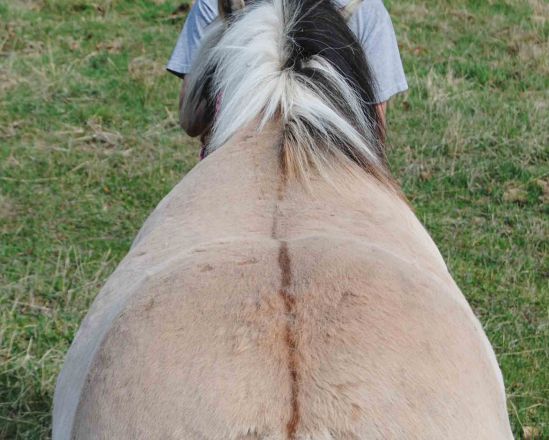
So, if you have a horse whose withers are almost as round as the loin, there won’t be as much variation in lift front to back as there is in the above example.
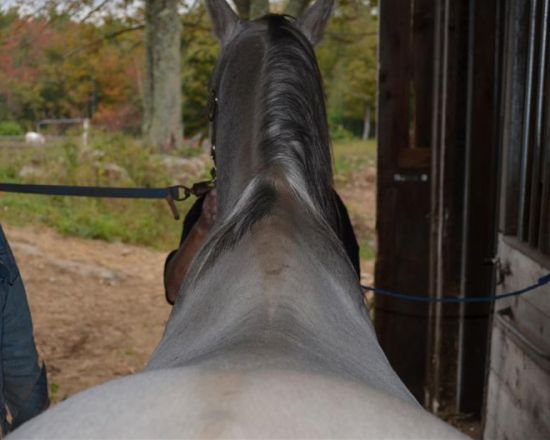
And if you have a horse who is more A shaped all down the back, there won’t be as much variation in lift front to back as you have in the above example.
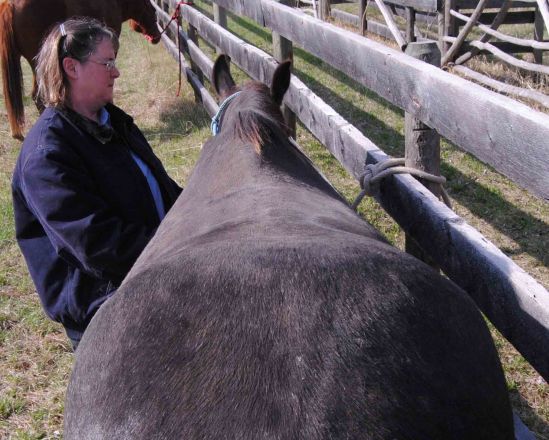
It is horses like this one who have more “angle” to the withers and who are flatter over the loin where the difference in lift front to back with padding thickness is most marked.
Bottom line, the tree and saddle end up higher at the front than the back with padding. The thicker the padding, the more dramatic the variation, and the greater the twist on the horse the more dramatic the variation as well.
Take home message? When you are checking a saddle on a horse without padding, and especially when you are checking a bare tree on a horse, make sure those back bar tips are not right down on the horse. Adding the padding will lift the front more than the back, tipping the saddle back a bit and effectively taking out some of the rock, so the back bar tips will be closer to the horse than they are without padding. And if they are already flush with the horse, they are likely to dig in with padding. Always make sure there is some relief under the back bar tips, even with padding, because your weight will press things down even more. And you never want the back of the bars to dig into the loin of the horse.
